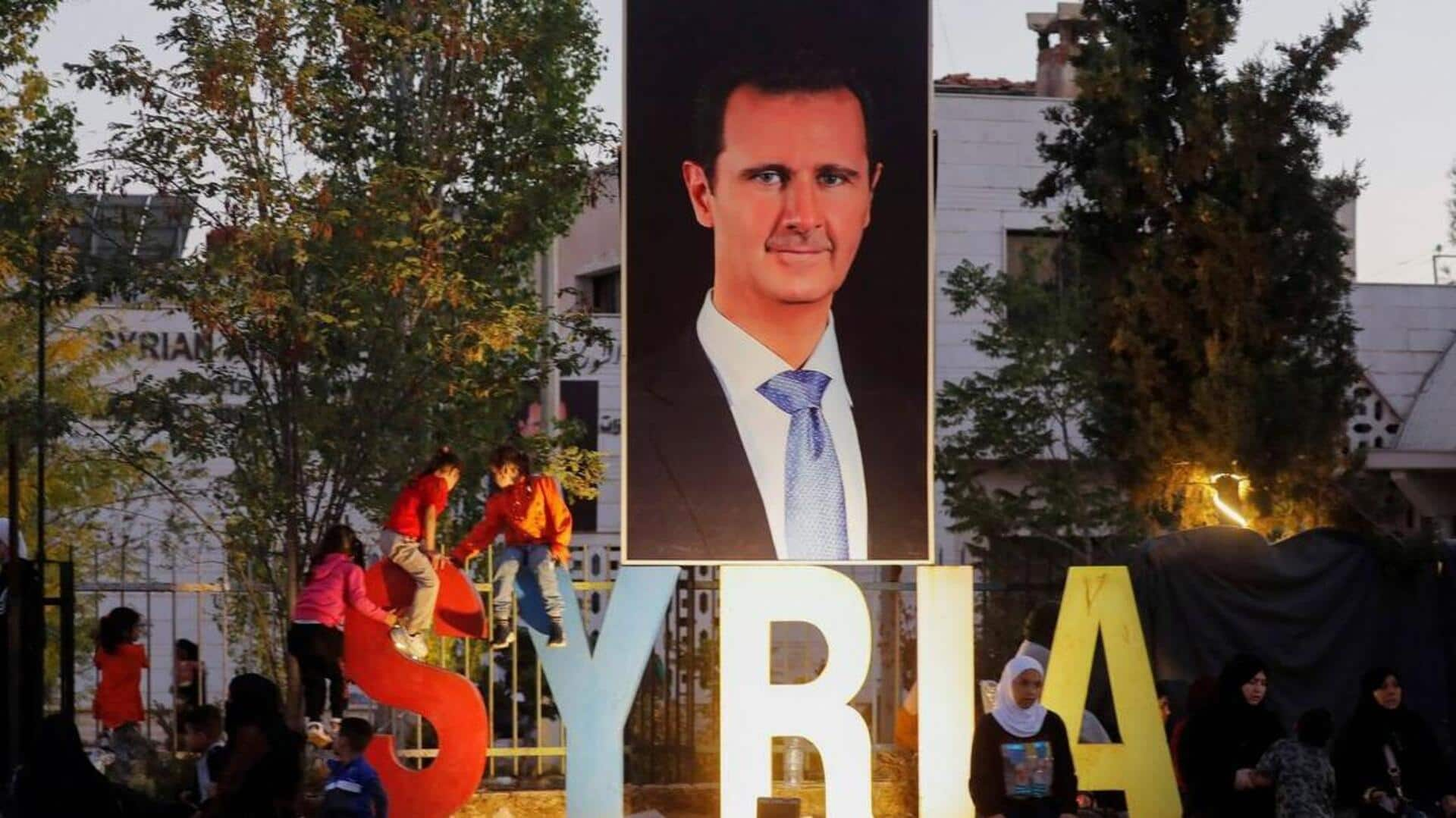
Who's Assad, Syrian president who brutally cracked down on dissidents
What's the story
Syrian President Bashar al-Assad, who brutally suppressed a pro-democracy uprising, has reportedly fled Syria. The development comes as rebel forces enter Damascus, possibly marking the end of Assad's 24-year rule and his family's five-decade reign. After facing widespread protests demanding his ouster and an armed uprising that he nearly crushed, Assad had regained control of most of Syria in the civil war that began in 2011. His alliances with Russia, Iran, and Hezbollah were key in keeping him in power.
Power shift
Rebel offensive triggers Assad's departure
The latest offensive started on November 27, seizing city after city from Assad's control. The Syrian Observatory for Human Rights confirmed Assad's departure from Syria after rebels announced their entry into Damascus. Throughout his presidency, Assad remained calm in public appearances but held on to power. According to a journalist, who wished not to be named, Assad has "the same qualities" as his father, Hafez al-Assad, who seized Syria in a 1970 coup and controlled it for nearly three decades.
Leadership transition
Assad's rise to power and shift in public image
Head of the Syrian Baath Party, Assad allegedly enforced a secretive, paranoid administration with even the least hint of opposition leading to imprisonment or worse. But originally Assad was never meant to rule Syria. His father had groomed his elder son Bassel for the job until he died in 1994. Assad then abandoned his ophthalmology studies in London to prepare for leadership under his father's watchful eyes. He became president in 2000 through a referendum and was re-elected in 2007.
War aftermath
Civil war and Assad's justification for military actions
Initially perceived as a possible reformer, Bashar's image changed as he cracked down on dissent after the Arab Spring protests, a series of anti-government protests, in 2011. The ensuing civil war killed over 500,000 and displaced half of Syria's population. Assad defended military action as necessary against "terrorists," while dissidents were imprisoned and abused. His security apparatus implemented a ruthless system of imprisoning dissidents in detention centers and jails like the notorious Saydnaya military prison, also known as "Human Slaughterhouse."
Power consolidation
Assad's attempts to consolidate power and its consequences
Assad had tried to consolidate power by replacing his father's allies with his own confidants from Syria's urban elite. This move cut the regime off from rural populations and concentrated economic power in the hands of regime cronies like Rami Makhlouf. Before the change, Hafez's loyal associates had control over most major ministries and governmental organizations since 1970s. Although these institutions were politically weak, they had functioned as a vital link between the administration and its supporters.